

— Blogs —
—Products—
 Consumer hotline +8618073152920
Consumer hotline +8618073152920 WhatsApp:+8615367865107
Address:Room 102, District D, Houhu Industrial Park, Yuelu District, Changsha City, Hunan Province, China
Product knowledge
Time:2025-11-05 11:41:27 Popularity:282
The success of every photovoltaic project hinges on one invisible factor—sunlight. To manage sunlight scientifically, it must be measured precisely.
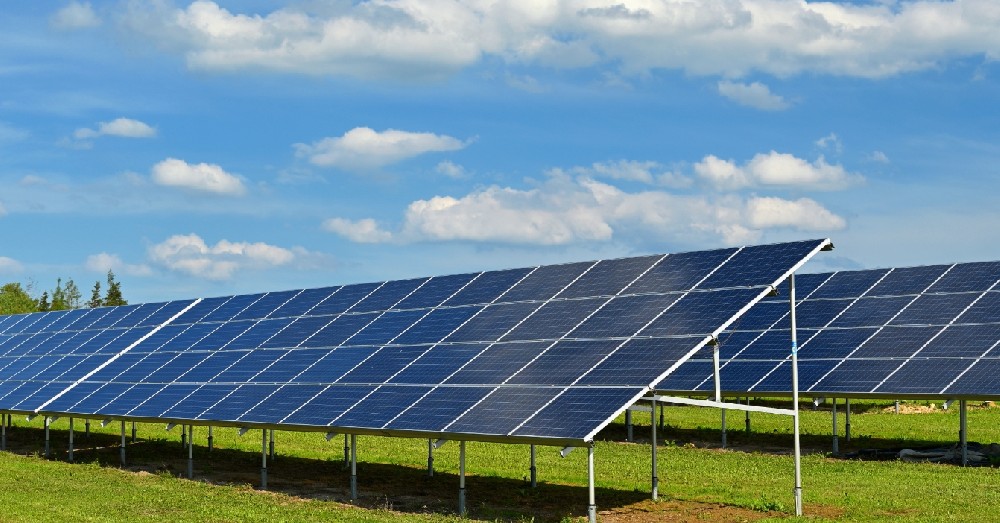
Solar irradiance is the core environmental variable in PV power stations, directly impacting the output power of PV modules. Under varying weather, seasonal, and installation conditions, accurate irradiance data enables engineers and maintenance personnel to:
- Real-time assess system efficiency
- Identify module degradation, shading, or soiling issues
- Optimize cleaning and maintenance schedules
- Support performance ratio (PR) and power generation calculations
Without reliable irradiance data, it's difficult to determine whether a drop in generation is due to weather changes or equipment failure. Therefore, selecting the best solar irradiance sensor is a critical step for every PV project.
Solar irradiance sensors, also known as pyranometers, measure the solar radiation power received per unit area (W/m²). Common types include:
- Thermoelectric Pile Pyranometers: Measure global radiation across a spectrum of 300–3000 nm, ideal for high-precision monitoring.
- Silicon Photodiode Sensors: Measure shortwave radiation (400–1100 nm), matching the spectral response of PV modules, suitable as PV reference sensors.
The sensor converts light signals into electrical signals, which are recorded and analyzed via data loggers or monitoring platforms. Combined with PV module output power, this quickly assesses system status and efficiency.

Choosing the right sensor goes beyond price—consider actual application needs and precision requirements:
Recommended range: 0–2000 W/m², accuracy ±5 W/m² or better, ensuring reliable power generation evaluation.
For PV reference measurements, opt for silicon photodiode sensors to match PV module spectra, guaranteeing data accuracy.
High-quality sensors feature temperature correction for stable data in harsh environments.
Options include analog signals (mV/V), digital signals (RS485/Modbus), or wireless communication (LoRa/4G) to fit various monitoring systems.
Sealed, waterproof, and UV-resistant designs minimize manual maintenance. 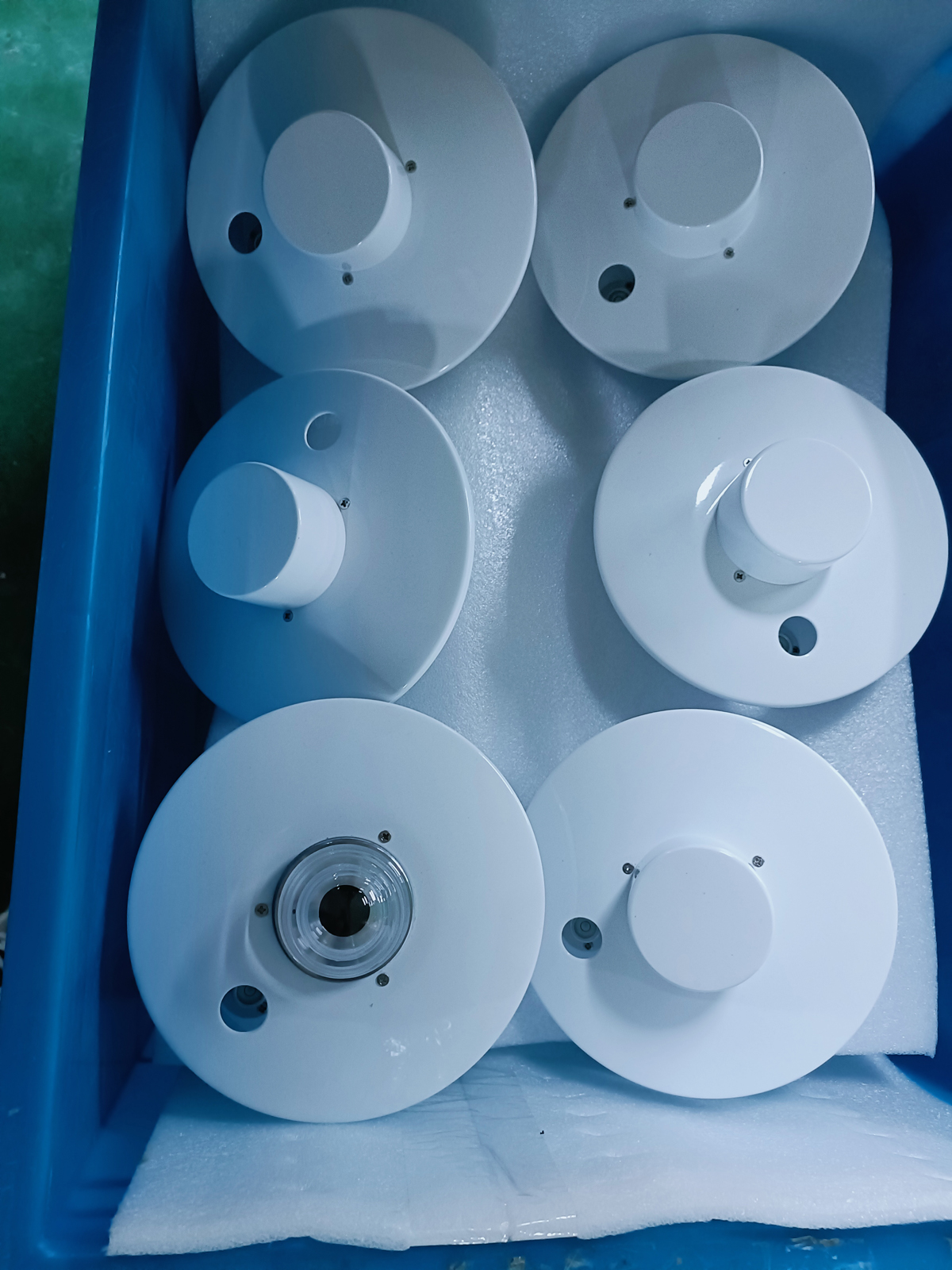
- Large-Scale PV Power Stations: Prioritize thermoelectric pile types for full-spectrum high-precision measurement.
- Distributed or Rooftop Systems: Silicon photodiode types for low cost and fast response.
- IoT-Integrated Projects: Models with RS485/Modbus or LoRa interfaces.
The Niubol NBL-W-HPRS is designed specifically for PV system monitoring, offering high accuracy, strong stability, outdoor durability, and IoT data transmission capabilities—making it one of the best solar irradiance sensors on the market.
- Measurement Range: 0–2000 W/m², Accuracy: ±3%
- Spectral Response: 400–1100 nm (PV equivalent)
- Output Interfaces: RS485/Modbus, 0–2 V, 4–20 mA
- Built-in Temperature Compensation
- IP67 Protection Rating, Suitable for Outdoor Environments
- Factory Calibrated to ISO 9060 Second-Class Standard
The NBL-W-HPRS continuously collects irradiance data and, when combined with soiling sensors and module output monitoring, tracks PV efficiency to identify dust, shading, or module aging issues. Its compact design supports quick installation and plug-and-play operation.
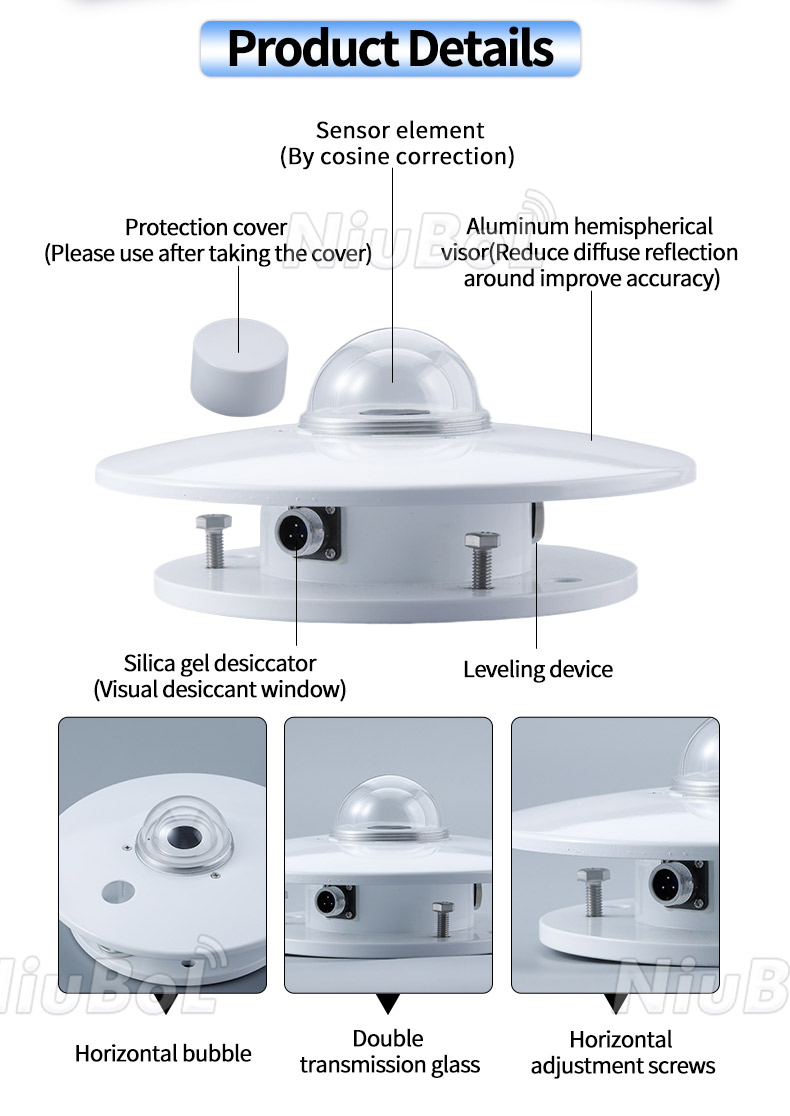
The NBL-W-HPRS seamlessly integrates with data loggers or SCADA systems, transmitting real-time irradiance values via RS485/Modbus to the Niubol IoT cloud platform or third-party monitoring systems.
On the cloud platform, data enables:
- Performance Ratio (PR) Tracking
- Module Efficiency Comparisons
- Long-Term Degradation Analysis
- Weather Impact Assessments
Combined with temperature, wind speed, and generation data, it forms a comprehensive PV system performance evaluation, turning data into actionable O&M decisions.
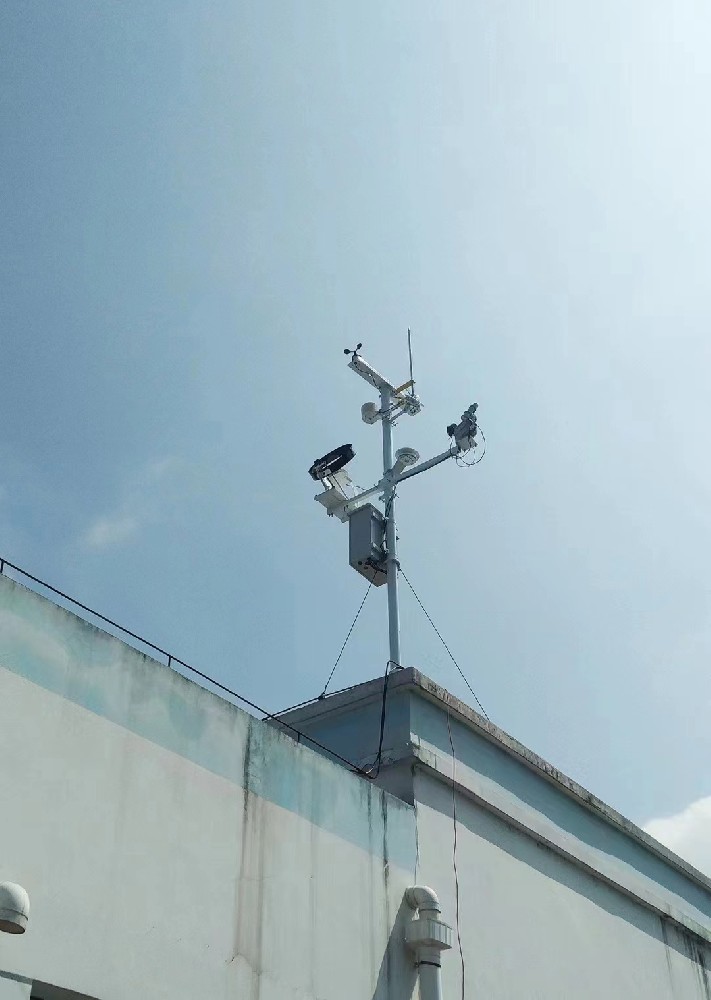
- Optimize Generation Efficiency: Real-time monitoring of solar radiation received by PV modules quickly identifies efficiency drop causes.
- Reduce O&M Costs: Data analysis pinpoints issues, decreasing manual inspections and unnecessary maintenance expenses.
- Data-Driven Decisions: Provides reliable PR, generation, and degradation data for scientific O&M planning.
- Support Long-Term Trend Analysis: Cloud storage of historical data analyzes radiation trends, optimizing energy management and investment decisions.
- Enhance Investment Confidence: Accurate, traceable data offers investors reliable evidence, boosting project credibility and financing efficiency.
- Adapt to Harsh Environments: IP67 rating resists high temperatures, sand, rain, and UV erosion for long-term outdoor use.
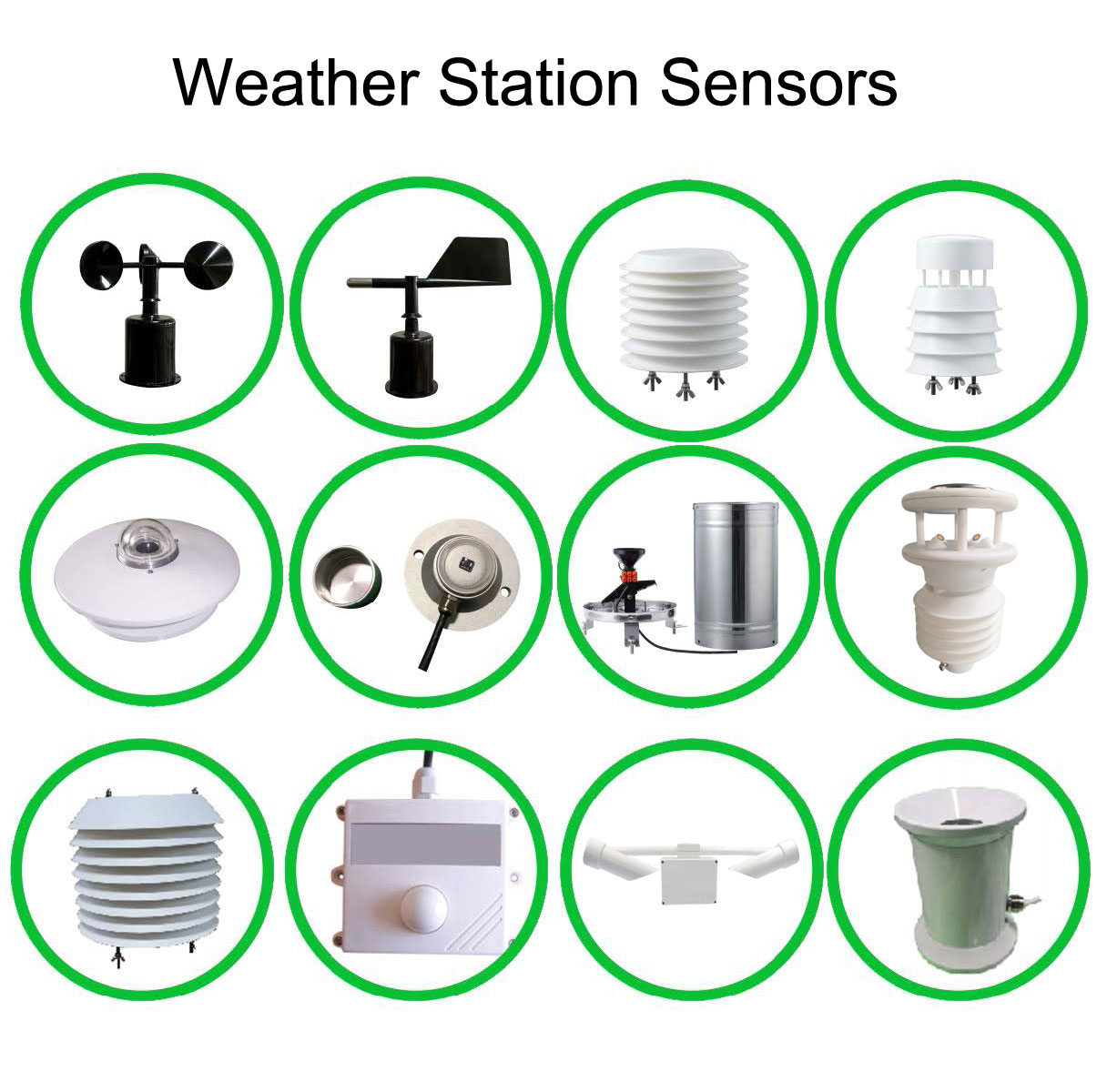
- Large-Scale PV Power Stations: Provides global radiation data to evaluate generation efficiency and module health.
- Rooftop Distributed PV Systems: Fast response to sunlight changes for optimized generation management.
- PV Module Performance Testing: Precisely records module output characteristics under varying irradiance conditions.
- Smart Energy Management Systems: Integrates with energy platforms for PV generation forecasting, O&M optimization, and load regulation.
- Research and Environmental Monitoring: For meteorological observations, solar radiation studies, and renewable energy labs.
- Agrivoltaics (PV Farms): Monitors irradiance conditions while optimizing crop and module layouts for dual benefits.
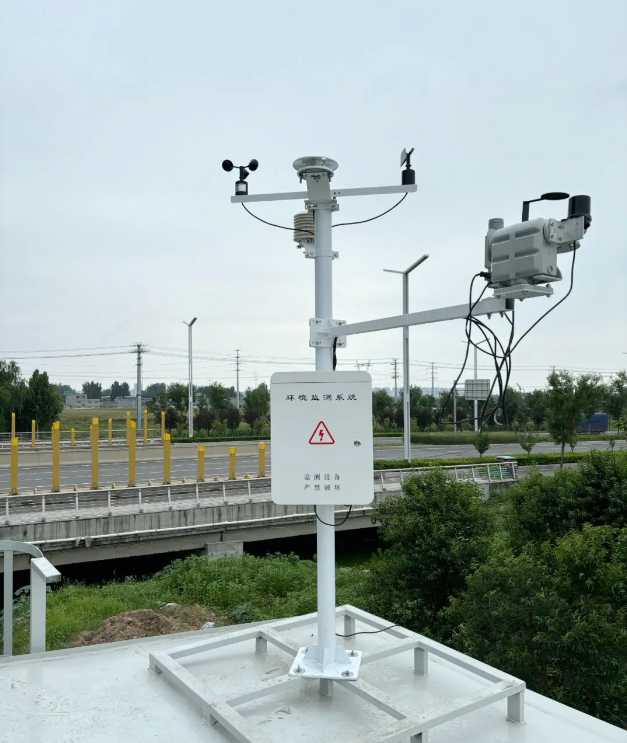
The Niubol NBL-W-HPRS is an ideal choice for PV monitoring due to its high precision, stability, and IoT compatibility.
Yes, it supports RS485/Modbus and analog output interfaces, compatible with most monitoring systems.
Mount horizontally on a bracket near PV modules, avoiding shading and reflections.
Recommended every 1–2 years to ensure long-term accuracy.
Yes, operating temperature -40°C to +85°C, waterproof and dustproof for harsh outdoor conditions.
Yes, data can be uploaded via IoT gateways to Niubol cloud or third-party platforms.
Pyranometers measure total radiation; reference cells simulate PV module response—together, they enable generation efficiency analysis.
Yes, including data logger integration, IoT cloud docking, and calibration services.
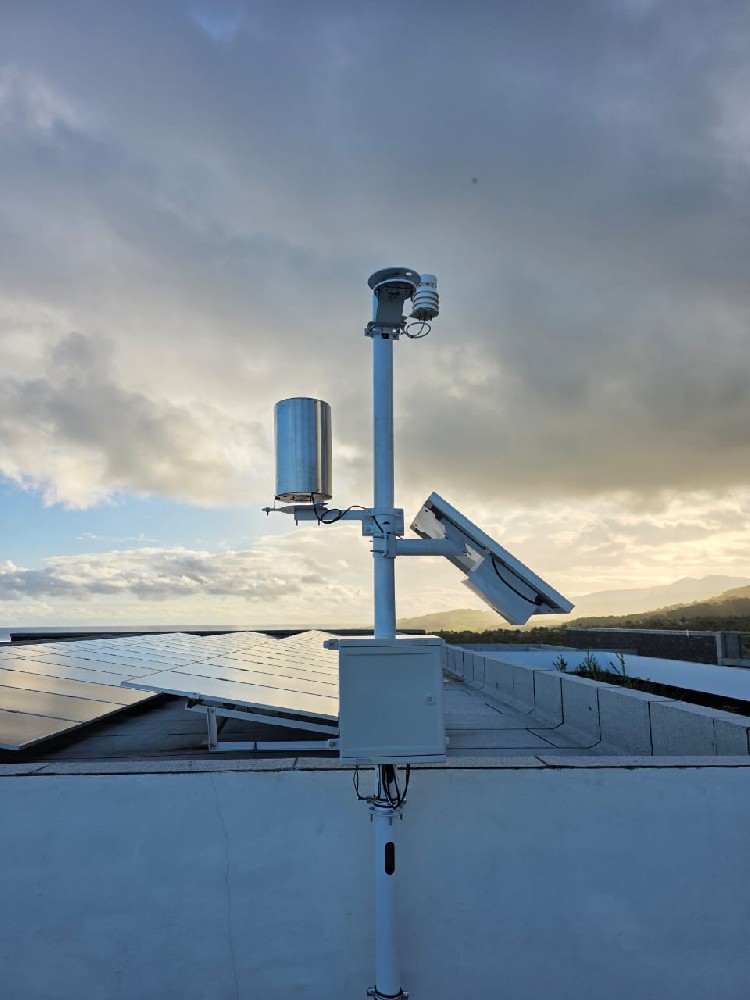
Selecting the best solar irradiance sensor is essential for ensuring PV system generation efficiency and monitoring precision.
The Niubol NBL-W-HPRS solar radiation sensor features high-precision measurement, industrial-grade durability, and IoT data integration, providing reliable real-time data to help operators optimize generation, reduce O&M costs, and make informed decisions.
Niubol sensors are widely adopted by research institutions and PV projects, offering robust technical support for smart energy monitoring and sustainable development. Contact Niubol today for the NBL-W-HPRS solar radiation sensor and customized PV monitoring solutions.
Niubol: Let Data Drive the Energy Future.
NBL-W-HPRS-Solar-Radiation-Sensor-Instruction-Manual-V3.0.pdf
NBL-W-SRS-Solar-radiation-sensor-instruction-manual-V4.0.pdf
Prev:Smart IoT Weather Stations: Bridging Agriculture and Energy with Real-Time Data
Next:Recommended Best Anemometers for Solar and Wind Energy Projects
Related recommendations
Sensors & Weather Stations Catalog
Agriculture Sensors and Weather Stations Catalog-NiuBoL.pdf
Weather Stations Catalog-NiuBoL.pdf
Related products
 Combined air temperature and relative humidity sensor
Combined air temperature and relative humidity sensor Soil Moisture Temperature sensor for irrigation
Soil Moisture Temperature sensor for irrigation Soil pH sensor RS485 soil Testing instrument soil ph meter for agriculture
Soil pH sensor RS485 soil Testing instrument soil ph meter for agriculture Wind Speed sensor Output Modbus/RS485/Analog/0-5V/4-20mA
Wind Speed sensor Output Modbus/RS485/Analog/0-5V/4-20mA Tipping bucket rain gauge for weather monitoring auto rainfall sensor RS485/Outdoor/stainless steel
Tipping bucket rain gauge for weather monitoring auto rainfall sensor RS485/Outdoor/stainless steel Pyranometer Solar Radiation Sensor 4-20mA/RS485
Pyranometer Solar Radiation Sensor 4-20mA/RS485
Screenshot, WhatsApp to identify the QR code
WhatsApp number:+8615367865107
(Click on WhatsApp to copy and add friends)
